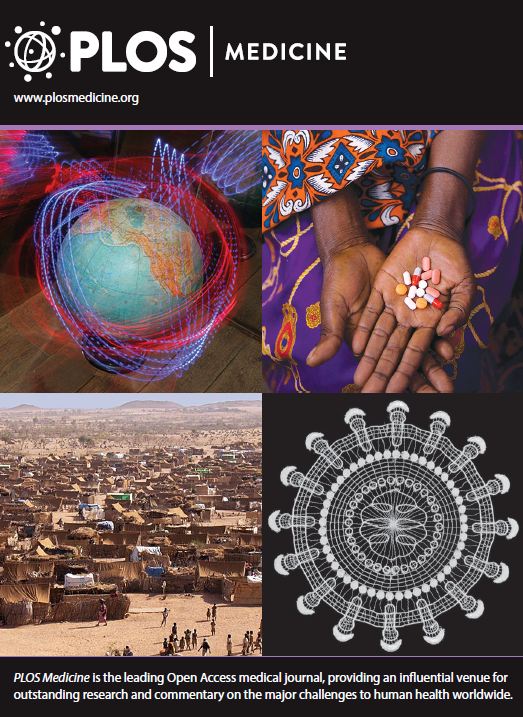
No difference in clinical outcomes between operative and non-operative treatment for 2-part PHF .
This study has been identified as potentially high impact.
OE's AI-driven High Impact metric estimates the influence a paper is likely to have by integrating signals from both the journal in which it is published and the scientific content of the article itself.
Developed using state-of-the-art natural language processing, the OE High Impact model more accurately predicts a study's future citation performance than journal impact factor alone.
This enables earlier recognition of clinically meaningful research and helps readers focus on articles most likely to shape future practice.
Operative versus non-operative treatment for 2-part proximal humerus fracture: A multicenter randomized controlled trial
PLoS Med. 2019 Jul 18;16(7):e1002855.88 patients, aged 60 or above, with proximal humeral fractures were randomized to receive surgical intervention with a Philos locking plate or non-operative treatment. The primary outcome of interest was the Disability of the Arm, Shoulder and Hand (DASH) score at 2 years. Secondary outcomes of interest included the Constant-Murley Score, pain on a Visual Analog Scale (VAS), the 15D quality of life questionnaire, the EQ-5D questionnaire, the Oxford Shoulder Score (OSS), and the incidence of adverse events. Follow up was performed up to 2 years post-operation. Results of the study revealed no significant differences in all outcomes between the operative and non-operative groups, at all time points.
Unlock the Full ACE Report
You have access to 4 more FREE articles this month.
Click below to unlock and view this ACE Reports
Unlock Now
Critical appraisals of the latest, high-impact randomized controlled trials and systematic reviews in orthopaedics
Access to OrthoEvidence podcast content, including collaborations with the Journal of Bone and Joint Surgery, interviews with internationally recognized surgeons, and roundtable discussions on orthopaedic news and topics
Subscription to The Pulse, a twice-weekly evidence-based newsletter designed to help you make better clinical decisions
Exclusive access to original content articles, including in-house systematic reviews, and articles on health research methods and hot orthopaedic topics































































